Physical Address
304 North Cardinal St.
Dorchester Center, MA 02124
The amazing facts of the world
The amazing facts of the world

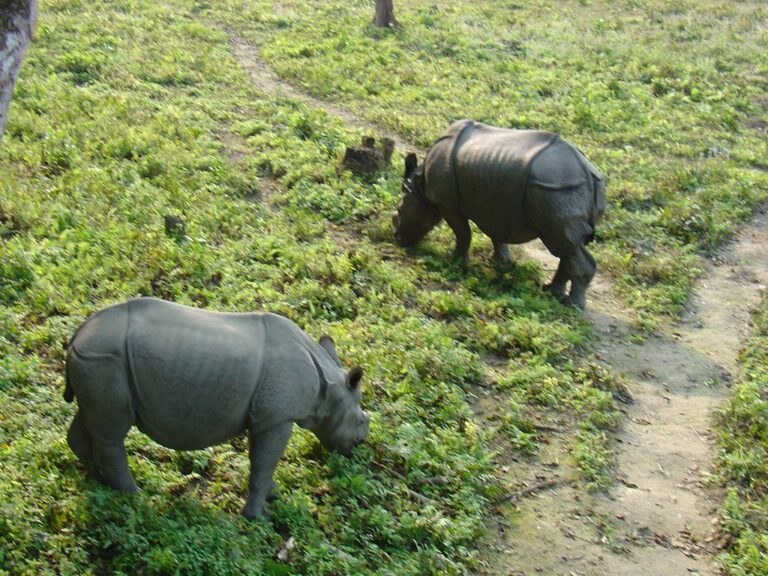
Nepal is a model for wildlife conservation and global conservation efforts. This country has shown Remarkable Progress in Wildlife Conservation in recent decades.
Nestled at the head of the towering Himalayas, Nepal boasts incredible biodiversity. This country ranges from the iconic Bengal Tiger to the elusive Snow Leopard.
Nepal has demonstrated remarkable progress in wildlife conservation over the past few years, emerging as a global model for effective conservation strategies.
Through a combination of innovative policies, community participation, and international cooperation, Nepal has achieved notable success in protecting its diverse flora and fauna.

Nepal’s commitment to conserving natural habitats is exemplified by its extensive protected area network. These include national parks, wildlife sanctuaries, conservation areas, and buffer zones, collectively covering about 23% of the country’s total land area.
These protected areas serve as important sanctuaries for many endangered species, providing essential habitats for survival.
Chitwan National Park, a UNESCO World Heritage Site, is a testament to Nepal’s dedication to wildlife conservation. Initially established in 1973, Chitwan is home to affluent populations of Bengal tigers, one-horned rhinoceros, and Asian elephants.
Through strict anti-poaching measures and habitat restoration efforts, Chitwan has seen a significant increase in wildlife populations in recent years.

Nepal has emerged as a success story in tiger conservation efforts. There has been a significant improvement in the country’s tiger population.
The latest national tiger survey in 2018 estimated the population of Bengal tigers to be 235. This number is a significant increase compared to 121 tigers in 2009.
This achievement can be attributed to community-based programs and stringent anti-poaching measures. Besides, sustained conservation initiatives and practical habitat management strategies are crucial to success.
One of the key initiatives contributing to the success of Nepal’s tiger conservation is the “Tiger Conservation Landscape Approach,” which focuses on maintaining connectivity between protected areas to ensure genetic diversity and population viability.
Additionally, Nepal’s commitment to the Global Tiger Recovery Program and collaboration with international partners has further strengthened its efforts to protect this iconic species.
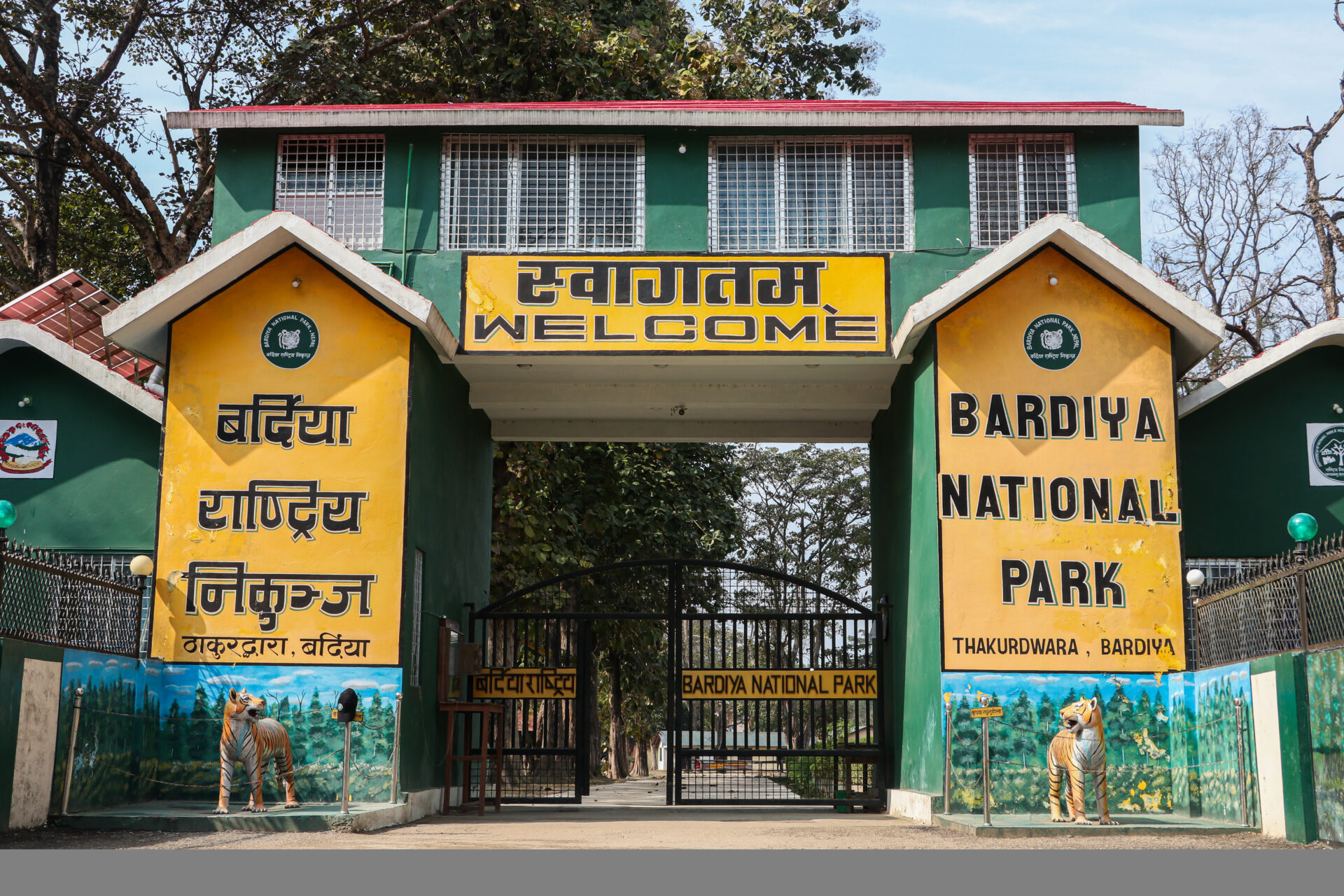
In 2020, Nepal celebrated a significant achievement of zero rhino poaching for five consecutive years.
Chitwan National Park and Bardia National Park are the primary habitats of rhinos in Nepal.
The population of rhinos is continuously increasing in Nepal. According to the Department of National Parks and Wildlife Conservation (DNPWC), the rhino population in Nepal reached 752 in 2022, up from just 375 in 2005.
Translocation efforts have successfully established new rhino populations in suitable habitats within Nepal. For example, rhinos have been relocated from Chitwan National Park to Bardiya National Park to help establish a viable population there.
There are about 4,000 rhinos in the world; according to the 2022 National rhino count of Nepal, the total number of rhinos in Nepal has reached 752. Of these, 694 are in Chitwan National Park, 38 are in Bardia National Park, 17 are in Suklafata National Park, and three are in Parsa National Park.
Since the number of rhinos in Chitwan National Reserve is high, transferring some rhinos to Koshi Tappu Wildlife Sanctuary for comfortable habitat has been started.
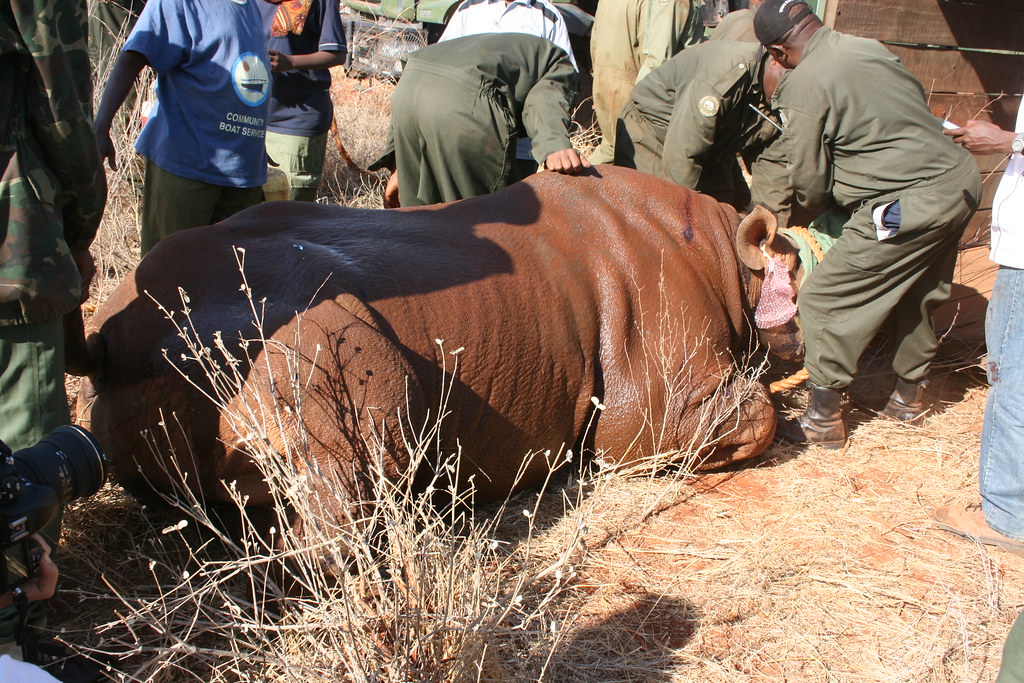
The population of wild elephants in Nepal is relatively tiny compared to that of rhinoceros.
The Elephant Breeding Center in Chitwan National Park has recorded 41 births since its establishment in 2044.
Five of the 55 elephants at the breeding center were brought from abroad; the rest were born in Nepal. According to the information officer of the park, out of the five elephants brought from abroad, four were from India and one from Thailand.
Four of the total elephants in the breeding center have become old. The elephants that the royal family used for hunting are now in the center of this park.
Elephants are also used to patrol the park. Elephant patrolling is carried out in areas inaccessible by jeeps.
Human-wildlife conflict is a significant challenge to elephant conservation in Nepal, especially in areas where elephants come into contact with human settlements.
Nepal has been actively involved in establishing wildlife corridors and reducing human-elephant conflict to ensure the safety of both elephants and local communities.
The number of wild elephants in Nepal may vary due to habitat availability and migration patterns. However, according to the census conducted in 2017, there were estimated to be around 190–230 wild elephants in Nepal.
It is said that Chitwan’s elephant breeding center is one of the two elephant breeding centers in the world with facilities.

Community participation has been an integral part of Nepal’s wildlife conservation efforts. They are recognizing the importance of local communities in conservation initiatives. Nepal has implemented innovative community-based programs that empower communities to become stewards of their natural resources.
Annapurna Conservation Area Project (ACAP) is a leading example of community-based conservation in Nepal. Established in 1986, ACAP engages local communities in sustainable resource management, ecotourism development, and conservation education.
This collaborative approach has contributed to biodiversity conservation, improved livelihoods, and empowered marginalized communities living in and around protected areas.
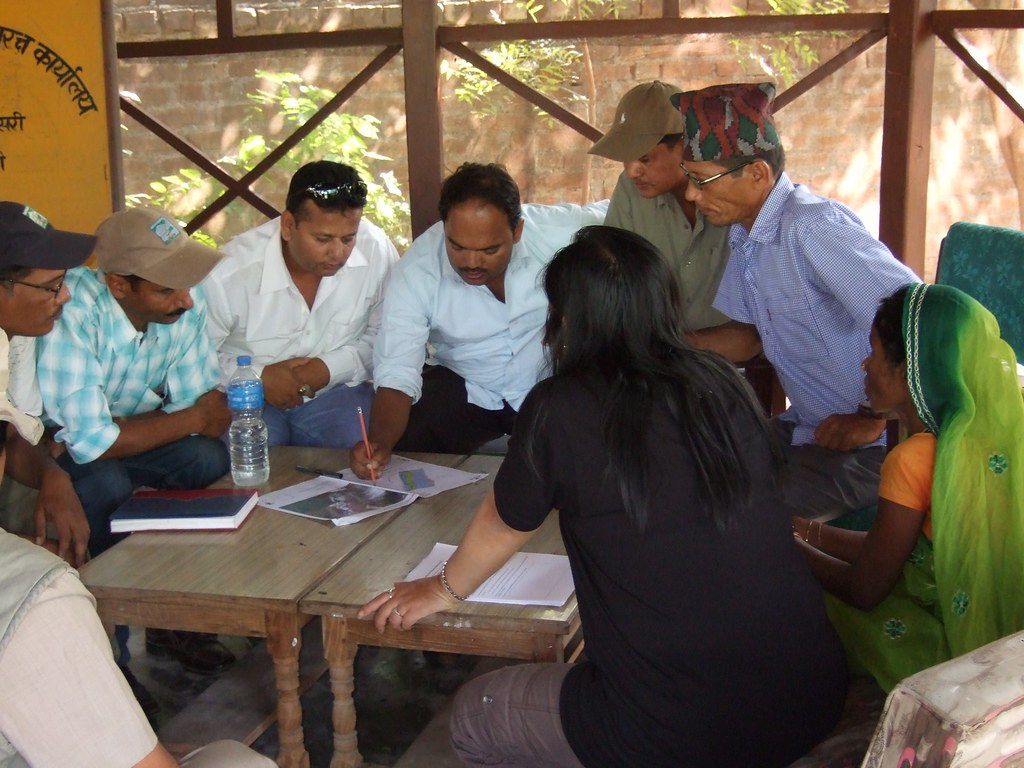
Through cross-border conservation cooperation, Nepal’s commitment to wildlife conservation extends beyond its borders. The country cooperates with neighboring countries such as India and China to address shared conservation challenges and promote transboundary conservation initiatives.
The Kangchenjunga Landscape Conservation and Development Initiative, spanning Nepal, India, and Bhutan, exemplifies this collaborative approach. By fostering stakeholder collaboration, the initiative aims to conserve biodiversity, promote sustainable development, and enhance resilience to climate change in transboundary landscapes.

Although Nepal has made significant progress in wildlife conservation, many challenges remain. These include habitat fragmentation, human-wildlife conflict, poaching, and the effects of climate change.
Tackling these challenges will require sustained commitment, innovation, and collaboration between government agencies, local communities, NGOs, and international partners.
Nepal will build on its conservation successes and strengthen its efforts to protect its rich biodiversity.
By integrating conservation into the sustainable development agenda, promoting ecotourism, investing in conservation education, and harnessing technological advances, Nepal can continue to serve as a beacon of hope for global wildlife conservation efforts.
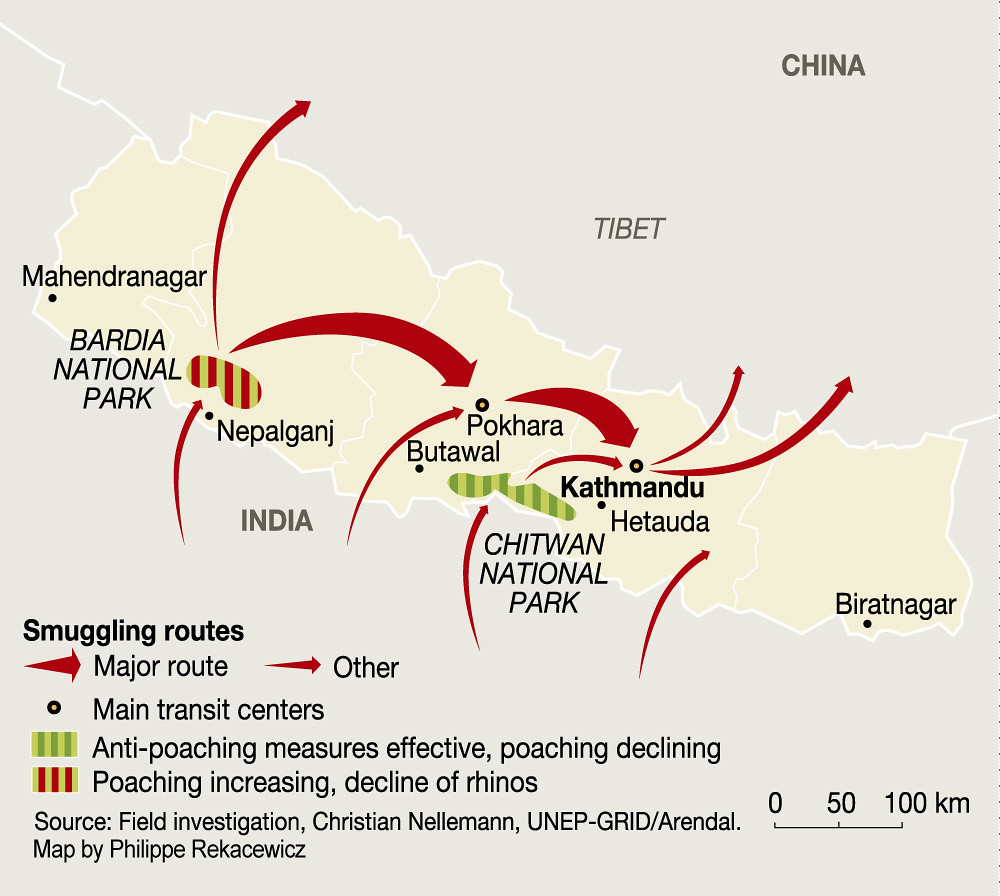
Nepal’s remarkable progress in wildlife conservation is a testament to the power of collective action and environmental management.
By preserving its natural heritage, Nepal not only protects its biodiversity but also enriches the lives of its people and inspires the world to embrace a future where humans and wildlife live together in harmony. Can flourish.